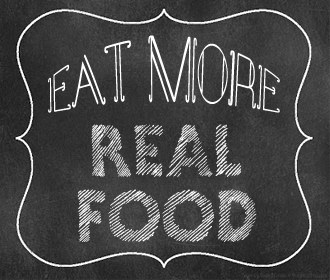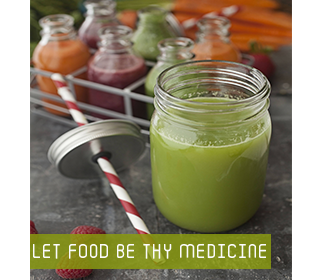Kale-you might have seen it in your grocery store but never thought to try it. What is it, and how do you use it? This article is dedicated to the health benefits of Kale!
This leafy green vegetable is a member of the cruciferous, or cabbage, family, and has leaves with curly edges. Make some room on your dinner plate for Kale, as it is low in calories and packed with vitamins and minerals!
There are many varieties of kale, including dark green, white, red, yellow, and even purple, and the leaves may be flat, ruffled, or very curly. Choose kale with firm crisp leaves that are not wilting or yellowing at the tips. Store kale in the refrigerator for a couple of days, but it is best used as soon after buying as possible. The longer it sits in the fridge, the bitterer it may become.
Wash the leaves thoroughly with running cool water to remove debris that may be trapped in the folds of the leaves. Another way to wash kale is to use a clean wet cloth and gently wipe the leaves to remove dirt. The leaves are the part of the kale eaten, so once washed, tear the leaves from the stem to use!
Kale is full of health-promoting nutrients. Kale is a great source of lutein and zeaxanthin, which are phytochemicals (a component of plants that promote health) that help protect the retina and the lens of the eyes from oxidative damage[1]. It is great for eye health! Kale also contains a considerable amount of vitamin C which supports the immune system. Kale is also a source of calcium-cook it up to help the body absorb this mineral which supports bone health. Calcium is the most abundant mineral in our bodies, but one of the hardest to absorb. The calcium in kale is very absorbable, making it a great addition to our diets. Another reason why this vegetable is great for bone health is because of the good amount of Vitamin K it contains. Vitamin K helps maintain good bone density. This green leafy vegetable is a powerful antioxidant thanks to the Vitamin E it contains. Kale also contains dietary fiber to help keep your digestive system and heart healthy.
What can you do with Kale?
- Make a salad with it-just wash the kale leaves and rip them into small pieces to use as lettuce along with bell peppers, tomatoes, green onions, and cucumbers. Just a warning-kale has a strong flavour when eaten raw, which many people absolutely love. It may take some getting used to! When making a green salad using kale I take a ripe avocado and mash it in the salad to coat the leaves of the kale. Add ½ a squeezed lemon and some sea salt and you have a yummy and healthy salad!
- Make Kale chips-a delicious snack to munch on
- Add it to soups, stews, and casseroles
- Use it in a stir-fry along with other vegetables. Serve on quinoa with Bragg’s soya sauce.
- Steam it and serve it as a side dish. One cookbook I own says to steam kale and put it on homemade pizzas. I am looking forward to trying this the next time I have “make-your-own” pizza night.
- Sautee it in a vegetable broth along with onions and garlic
- Chop it up and add it to scrambled eggs
- Blanch it to soften it-add kale to boiling water and cook for 10-15 minutes or until the kale has wilted and softened. Drain, chop, add garlic, lemon juice and sea salt, and serve.
[1] Leslie Beck, R.D.
Murray, M. The Encyclopedia of Healing Foods. Atria Books: New York. 2005.
Article by: Carrie Dancey, RHN










